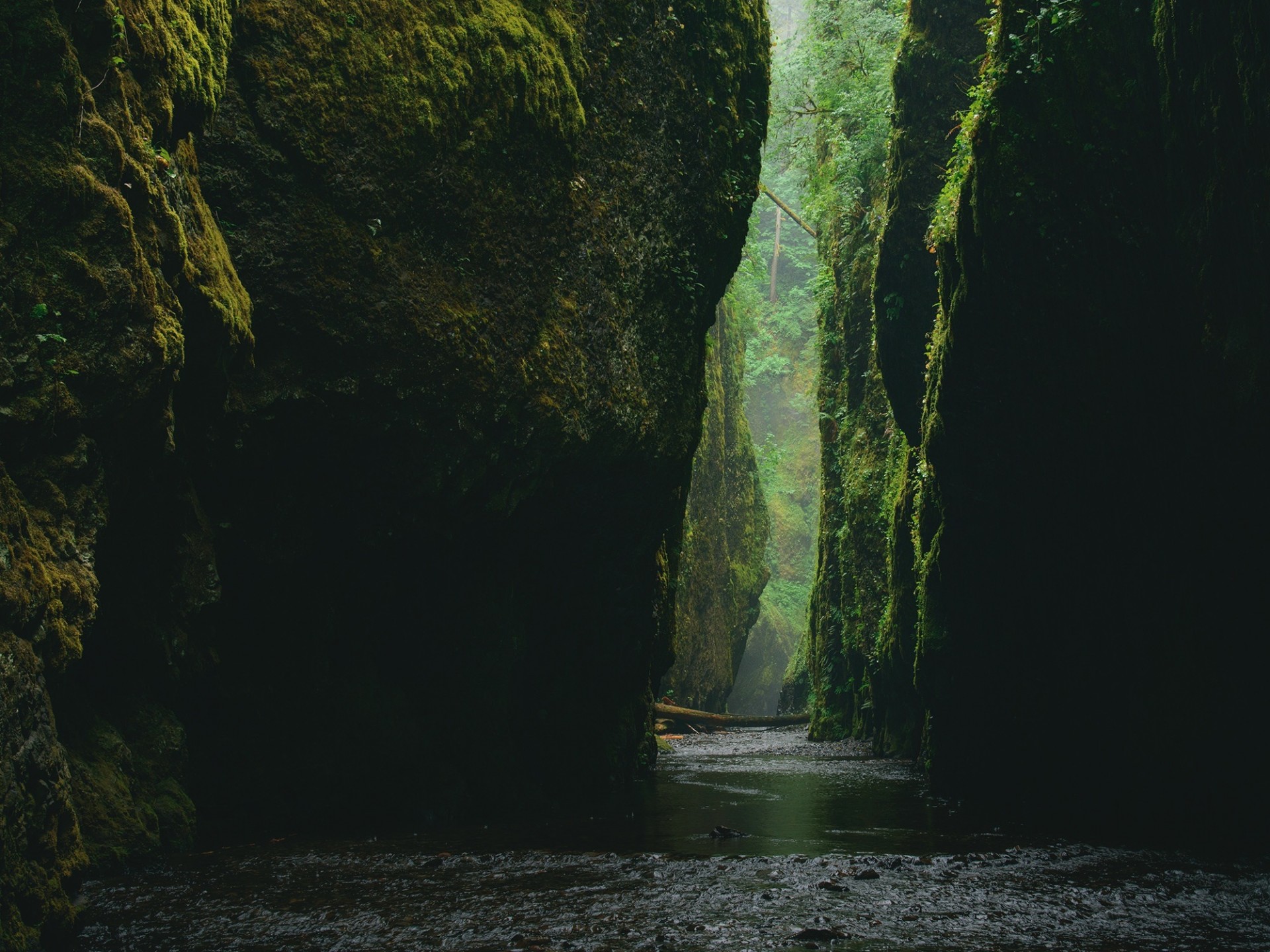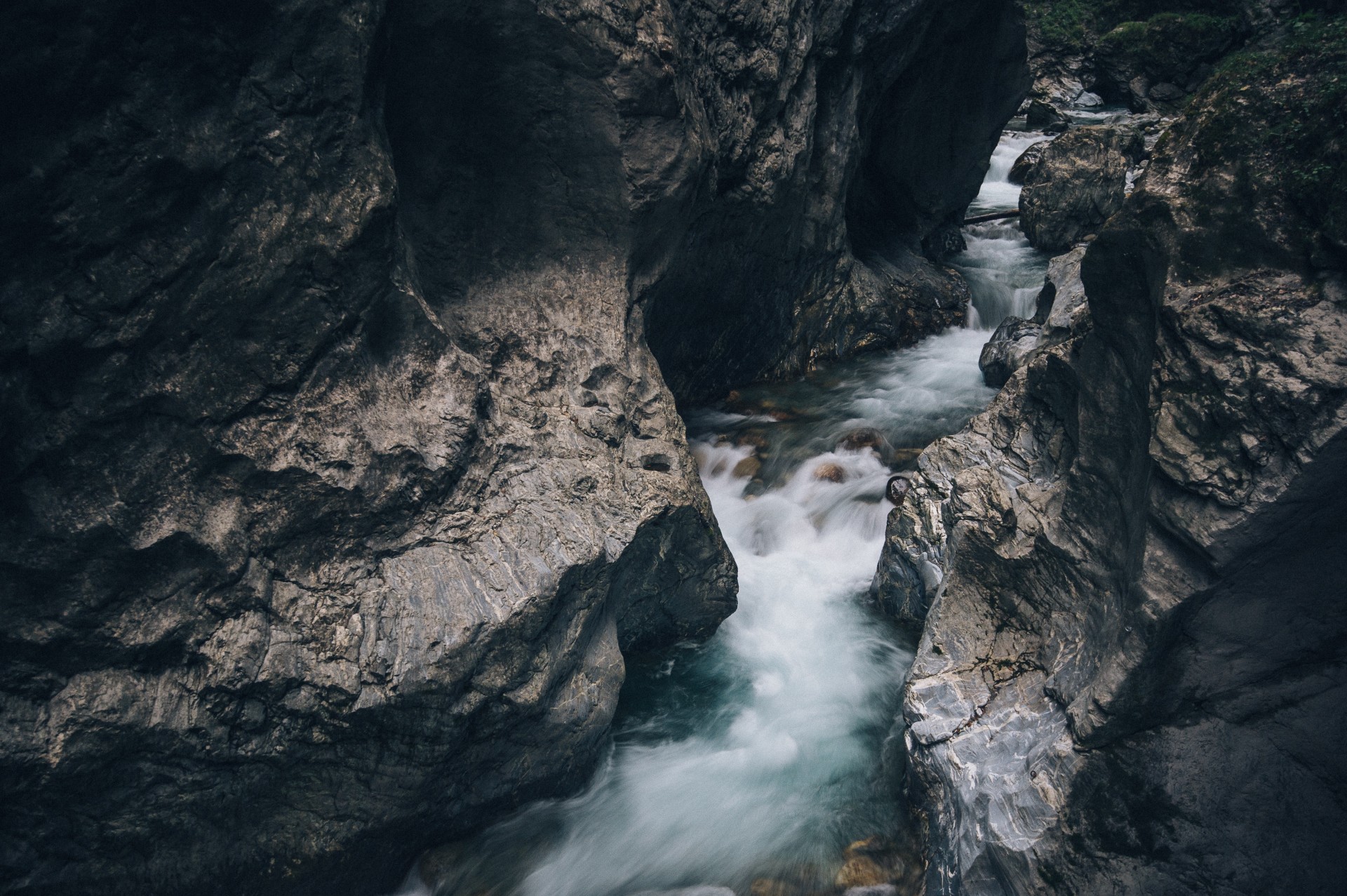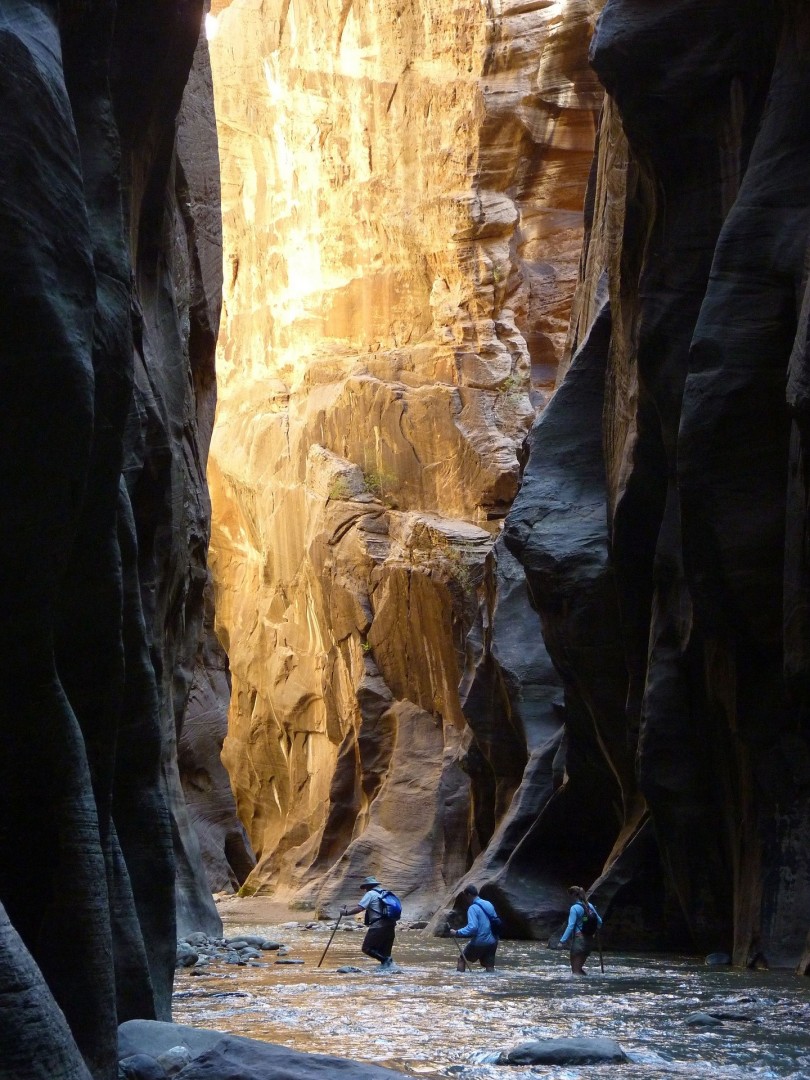
Canyoning can be practiced in natural and inhospitable environments which differ from each other in terms of morphological, hydrogeological characteristics and the presence or absence of water.
The ravines are rocky canals that bring together the water of the streams downstream, have tortuosity, are characterized by variable height, width and length, with slopes of any kind. Usually the streams that flow within them originate from the water basins that collect rainwater, although this can not rarely derive from snow or melting glaciers.
Another important feature is that of having small dimensions that have nothing to do with the large gorges or canyons that often cut highlands or cross groups and mountain ranges. Apart from the width, the length can also take on interesting sizes. That's why, given the time it takes to travel (even 4 or 5 hours), combined with that needed to go through the woods and reach their starting point and what it takes to walk back to the cars, here is a day of canyoning can keep you busy for quite a few hours.
We assure you that it is absolutely worth it!
Generally those who approach canyoning for the first time or have practiced it only occasionally tend to think that streams are necessary to be able to practice it and that without them canyoning would not exist. In reality it is an activity that can be practiced even in the absence of water, it being understood that its presence makes the experience much more captivating and fascinating.
Regarding the gorges, although the term is often used as a synonym of gorge, in physical geography the gorge indicates a type of landscape that often has little to do with the description we have just made of gorges. In more practical terms, if a gorge can also be called a gorge, it is not said that a gorge can be called a gorge. The difference is determined by the size of the dividing or splitting line that generally characterizes the grooves, therefore they cannot always be equated to a ravine.
Fosso, on the other hand, is the term that, especially in Umbria and Abruzzo, replaces ravine and gorge in identifying the above.

